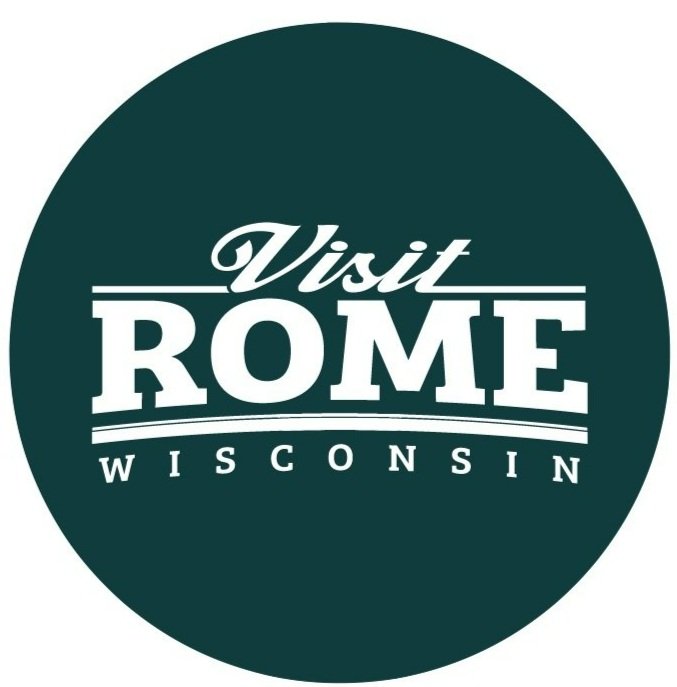How Big Is A Bubble
How big is a bubble? Kind of a silly question, isn’t it? You can’t really answer it, can you?
Well, it turns out you can, and I’ll explain, but first, let me set the background for where I’m going with this.
The appeal of Rome, Wisconsin, is largely defined by our natural resources, especially the lakes that are at the heart of everything we stand for. Lakes Arrowhead, Camelot, Petenwell, and Sherwood, provide beautiful landscapes beyond compare, with unlimited recreational opportunities that serve as a source of pride for local residents and visitors alike.
But, sometimes we take what we have for granted, And like waterways all across the planet, these vital bodies of water face significant threats from pollution, which obviously impact the health, well-being, and quite frankly, the value of the very thing we cherish so much.
Obviously, it’s not just we humans who feel the impacts of dirty water. Lakes and rivers are the lifeblood of our ecosystem. They provide habitats for a diverse range of species, from fish and amphibians to waterfowl and plants. And since we are essentially playing in their backyard, they rely on us to be stewards of their environment.
That responsibility rests with every one of us, because when everyone does their part, the benefits are profound. Not only for the environment, but as a result, for the vitality of our community as a whole.
Helping us in our efforts are organizations such as 14 Mile Watershed Alliance, PACRS, and Tri-Lakes Management. Members of these groups devote a large portion of their time and energy to ensuring we have clean and safe water by providing important information, educational programs, scientific initiatives, and just in case we get lackadaisical, encouraging public participation.
One major initiative that Tri-Lakes has planned for 2025, that is being partially funded by a sizable five-year grant from Visit Rome, is what’s known as nanobubble technology.
That’s right. Nanobubble.
OK, so maybe it took me a little while to get here, but here’s where we’ll answer the question from earlier: how big is a bubble? And a follow up question, the one that really matters - what is nanobubble technology?
Without getting too scientific, nanobubble technology is a chemical-free process designed to naturally improve water quality by introducing oxygen in the form of ultra-fine bubbles that are nearly invisible to the eye. In fact, at less than one micrometer, they are about 400 times smaller in diameter than human hair, and one million times smaller than “ordinary” bubbles.
As a result of their size, nanobubbles have no natural buoyancy. Unlike bubbles created by common floating fountains or submersed aeration systems, which quickly rise to the surface, nanobubbles remain in the water for extended periods of time, providing direct oxygenation from within, if you will.
Another interesting characteristic of nanobubbles is that they are negatively charged and, therefore, are attracted to positively charged organic matter in the water, like green algae for example. When they connect with positively charged pollutants, nanobubbles render them inactive which, you guessed it, eliminates them and ultimately improves water quality.
So how will this work, you ask?
Since June, one master nanobubbler; at the top of the watershed where water enters our lakes from the north, and four smaller neobubblers have been installed in lakes Camelot and Sherwood. At its completion, approximately 30 bubblers will be strategically placed throughout the watershed system. Together, this series of oxygenators will continuously create a strong negative charge in the water which works to eliminate unwanted matter and pollutants.
Yes, this is a major initiative, but it is just one small example of the things that are being done by these groups and other agencies to ensure we maintain the water quality of our lakes and rivers for years to come.
And again, they only complement the things you and I can do, as individuals, to protect the environment, safeguard public health, support the local economy, and ensure that future generations can continue to enjoy the pristine natural beauty that makes Rome so special.
So, on behalf of all of us who love the lakes, thank you for doing your part.
To find out more about nanobubblers and the nanobubbler project, visit https://trilakesmanagement.com/, email lakedist@wctc.net, or call 715-325-3250.
Written by: Lydell Capritta
